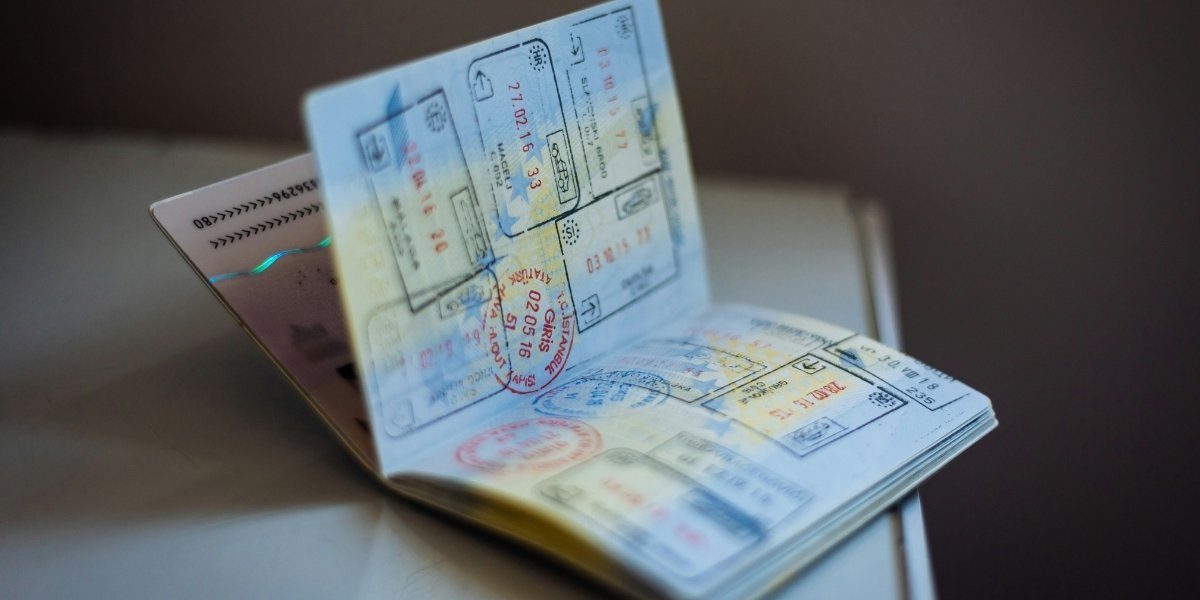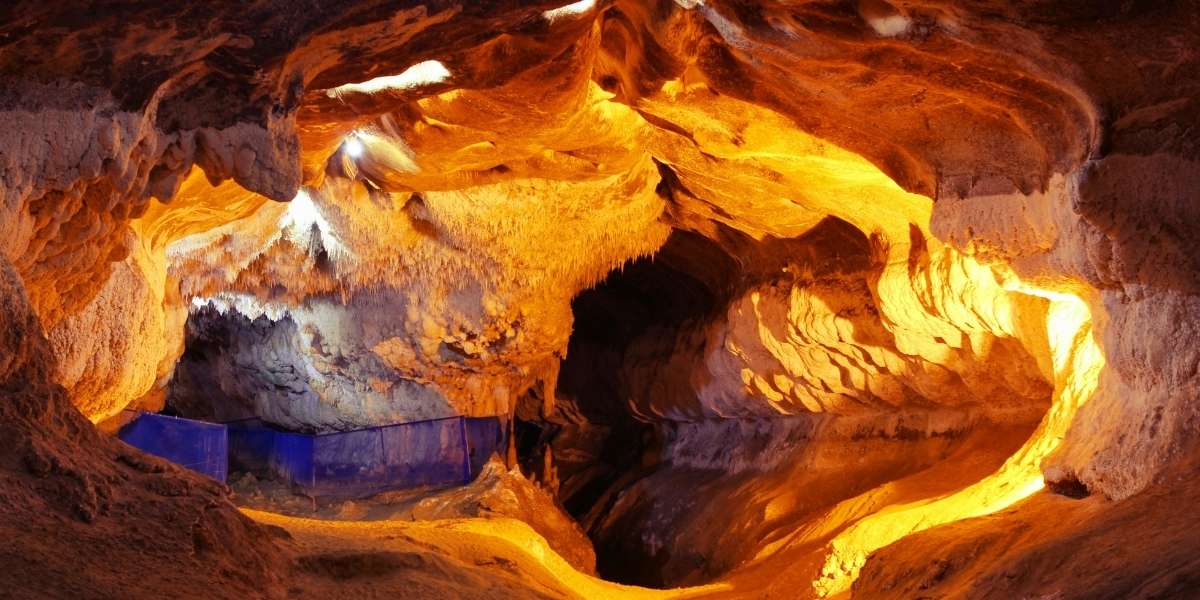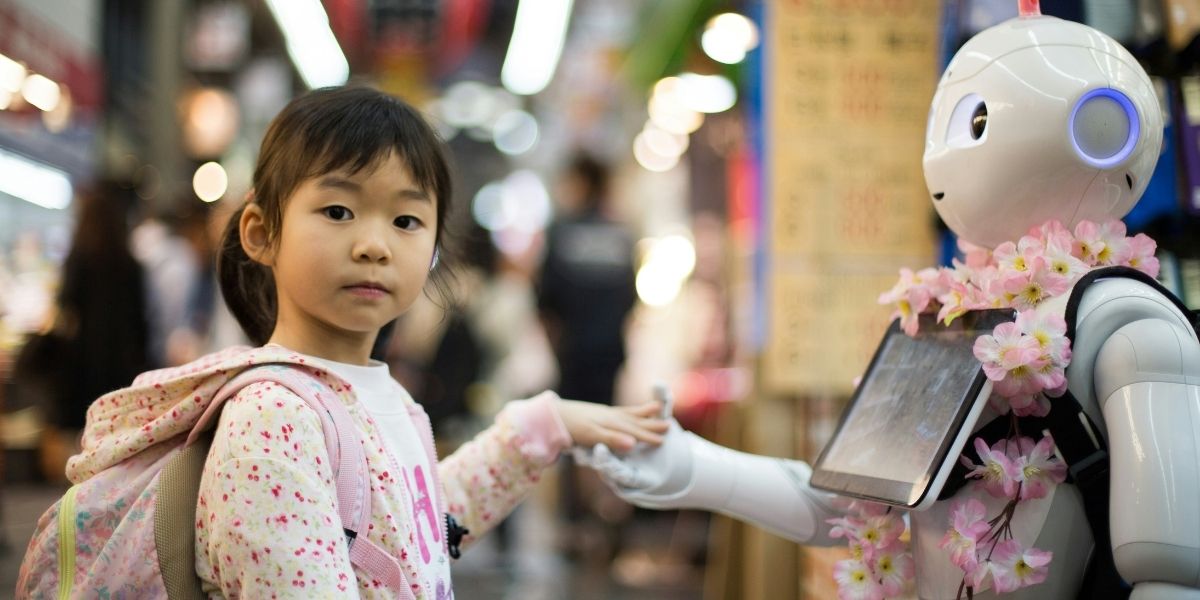Navigating the Labyrinth: Understanding the US Tourist Visa (B-2)
The US Tourist Visa, specifically the B-2 visa, offers a gateway for millions of people around the world to explore the United States. However, navigating the process of obtaining this visa can be overwhelming. With its stringent requirements and complex procedures, understanding how to properly apply for a B-2 visa is crucial for a successful trip. This article aims to demystify the B-2 visa process, covering its eligibility criteria, application steps, consular interview, potential challenges, visa restrictions, and cultural considerations for travelers.
Read Also: The Shift to Digital: How USA Retailers Are Adapting
Eligibility and Requirements
The first step in securing a B-2 visa is ensuring you meet the eligibility criteria. The B-2 visa is a non-immigrant visa, meaning applicants must prove that they intend to visit the US temporarily for tourism, medical treatment, or other recreational purposes, and will return to their home country after their stay.
Demonstrating Non-Immigrant Intent
One of the primary requirements is demonstrating non-immigrant intent, which essentially means showing that you do not plan to stay in the US permanently. To prove this, applicants must provide evidence of strong ties to their home country, such as a stable job, property ownership, or close family relationships.
Proving Sufficient Financial Resources
Applicants must show they have the financial resources to cover the costs of their stay in the US. This includes travel expenses, accommodation, and daily expenses. Bank statements, pay slips, or affidavits of support from family members can be used as proof of financial stability.
Required Documentation
The standard documentation for a B-2 visa application includes:
-
A valid passport
-
A completed DS-160 form
-
A visa appointment confirmation
-
Proof of financial means
-
Evidence of strong ties to the home country
Having all these documents prepared in advance can streamline the application process and help demonstrate your eligibility.
Application Process
The application process for the B-2 visa is a multi-step journey, beginning with completing the necessary paperwork and ending with the consular interview.
Completing the DS-160 Form
The first step is filling out the DS-160 form, an online application that collects essential personal information and travel plans. Make sure to answer all questions truthfully and accurately. Incorrect or misleading information on the DS-160 form is a common reason for visa denials.
Scheduling and Attending the Consular Interview
Once the DS-160 form is submitted, applicants must schedule an appointment at the nearest US embassy or consulate. The consular interview is a crucial part of the process, as it allows the officer to evaluate the applicant’s eligibility based on their responses and supporting documents.
Best Practices and Common Mistakes
To avoid delays or complications, it’s essential to be well-prepared for the interview. This includes reviewing your application thoroughly, gathering all necessary documents, and being clear about your travel intentions. Common mistakes to avoid include missing your appointment, providing insufficient evidence of financial support, or making inconsistent statements during the interview.
Consular Interview
The consular interview can be intimidating, but understanding what to expect can help you feel more confident.
Types of Questions Asked
During the interview, the consular officer will ask questions about your travel plans, ties to your home country, and the purpose of your visit. Common questions include:
-
Why do you want to visit the US?
-
How long do you plan to stay?
-
Do you have family or a job back home?
-
How will you finance your trip?
Honesty and Consistency
Honesty is crucial during the interview. Providing inconsistent or false information can lead to immediate denial of your visa application. Be clear and consistent with your answers, and remember that the consular officer is simply trying to assess whether you meet the eligibility requirements.
Potential Challenges and Denials
Despite meeting the requirements, some applicants may face challenges or denials. Understanding the common reasons for a B-2 visa denial can help applicants better prepare for the process.
Common Reasons for Denials
Some of the most common reasons for a visa denial include:
-
Insufficient evidence of ties to the home country
-
Concerns about overstaying the visa or intending to immigrate
-
Misrepresentation of information during the application or interview
Appealing or Reapplying
If your visa is denied, you may be able to appeal the decision or reapply. However, it’s important to understand why the denial occurred and address the underlying issues before reapplying. Working with an immigration attorney or seeking guidance from the consulate can help clarify the next steps.
Visa Validity and Restrictions
Once your B-2 visa is approved, it’s important to understand its validity and any restrictions placed on your visit.
Visa Validity
The B-2 visa typically has a validity period of one to ten years, depending on your country of origin. However, the visa validity does not determine how long you can stay in the US. Instead, the Authorized Stay period, granted at the port of entry by Customs and Border Protection (CBP), is what dictates the length of your stay.
Authorized Stay and Restrictions
While in the US, you are restricted to tourism-related activities such as sightseeing, visiting friends or family, or receiving medical treatment. The B-2 visa does not permit engaging in any form of employment or long-term study. Violating these restrictions can result in deportation and future visa denials.
Changes and Updates
Visa policies and procedures are subject to change, so it’s essential to stay informed about any updates that may affect your application process.
Policy Changes and Processing Times
Changes in visa policies, fee structures, and processing times can impact how long it takes to receive a visa or whether you are eligible for certain visa categories. Regularly checking the US Department of State website or the website of your local embassy can help you stay up to date on the latest developments.
Cultural Understanding and Responsible Travel
As a visitor to the US, it’s essential to respect local laws and cultural norms. Being mindful of the country’s expectations for responsible travel will not only help ensure a smooth trip but will also enrich your travel experience.
Read Also: Student Visas: Access Top US Education
Respecting Local Laws and Environmental Impact
Adhering to US laws, respecting local communities, and minimizing your environmental footprint will make your visit more rewarding. Responsible travel includes respecting cultural norms, properly disposing of waste, and being considerate of local traditions.
The US Tourist Visa (B-2) offers an invaluable opportunity for travelers to explore the United States. However, the process of obtaining the visa requires careful attention to detail, thorough preparation, and a clear understanding of the eligibility requirements, application procedures, and potential challenges. By following the guidelines provided in this article, applicants can navigate the labyrinth of the B-2 visa process with confidence and ensure a smooth and successful application experience.








